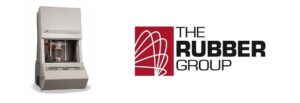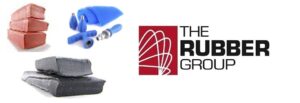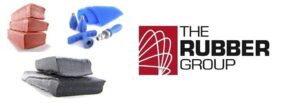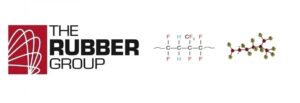Products and Services
This acquisition will bring new capabilities to The Rubber Group and will allow us to offer additional services to our current customer base. Learn more.
Read MoreRubber bellows may not be the first thing that comes to mind when you think about industrial sealing components, but they play a crucial role in various applications across industries.
Read MoreToday’s business environment is fast-paced and ever-changing. That’s why transparency and collaboration are more important than ever.
Read MoreLearn about rubber product validation in Part 4 of this Sealing Material Selection Guide from The Rubber Group, a leading provider of molded rubber products.
Read MoreLearn about rubber product testing in Part 3 of this Sealing Material Selection Guide from The Rubber Group.
Read MoreLearn about rubber material properties in Part 2 of this Sealing Material Selection Guide from The Rubber Group.
Read MoreLearn about rubber materials in Part 1 of this Sealing Material Selection Guide from The Rubber Group.
Read MoreRubber material testing includes tensile, compression, hardness, aging, tear resistance, chemical resistance, and compression set testing. Learn more.
Read MoreRubber material testing includes tensile, compression, hardness, aging, tear resistance, chemical resistance, and compression set testing. Learn more.
Read MoreThere are three types of rubber molding processes: compression molding, transfer molding, and injection molding. Each has its own advantages and applications.
Read More









